Do short meditation to reduce stress
A short meditation session (5 minutes) can help take your mind off the noise around you, reduce stress and bring you back to focus.
Meditation will also help you control stress and anxiety in case you are facing any last minute hiccups.
Take deep breaths to deal with sudden stress
One of the simplest yet most effective ways to reduce stress and anxiety is to practice deep breathing.
Find a comfortable sitting or lying position and close your eyes if you like. Observe your breathing and the sensations in your body. Slow down your breathing on both inhales and exhales, making them longer and deeper.
Add a brief pause after each inhale and exhale. Maintain your focus on your breathing, allowing thoughts to come and go without attachment.
Gradually release tension in your body, starting at your head and moving down to your toes.
You can use these practices anytime, anywhere to help yourself calm down and relax. They can be especially helpful at airports, where travel- related stress and anxiety often occur.

Deep breathing helps relax and stay calm while traveling.
Progressive muscle relaxation
Progressive muscle relaxation (PMR) is a technique that involves tensing and then relaxing different muscle groups in your body. This practice helps release physical tension and can have a calming effect on your mind.
Start by clenching your fists for a few seconds and then gradually releasing them. Move on to your arms, shoulders… until you’ve done it all over your body.
Meditation
Deep breathing can help us stay calm in the most stressful situations. While traveling, you may encounter unexpected challenges such as bad weather or a sudden cancellation of your reservation that can leave you feeling anxious and stressed. Try a little meditation to help you cope with such situations.
Find a comfortable position, close your eyes, and focus on your breathing. As you pay attention to your breathing, think positive messages like, “I feel calm, strong, and resilient.” “I breathe out anxiety and stress and breathe in peace and stillness.”
Practice this for 10 minutes to feel more relaxed and positive.
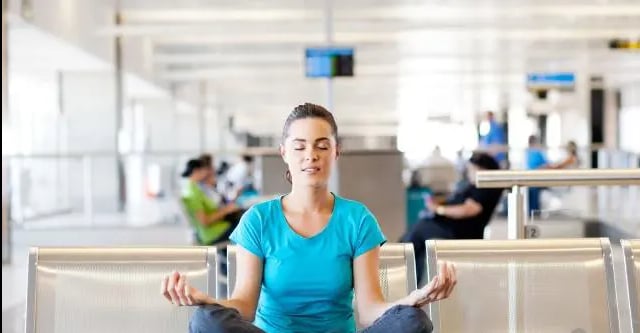
Meditation helps reduce stress while waiting at the airport.
Yoga and stretching exercises
Sitting for long periods of time in an airport can lead to stiffness and discomfort. Combat this by incorporating stretching exercises. Simple stretches like neck rolls, shoulder shrugs, and ankle rotations can help improve circulation and relieve muscle tension.
Some good stretching and exercise exercises to relieve airport stress include:
Inhale and arch your back: Inhale and open your chest and exhale and arch your back to mobilize your spine and calm your nervous system.
Squats: The combination of squats and leg movements helps pump energy through the legs, relieves tension in the lower back, and improves circulation in the legs.
Stretch your hips and lower back: Sit in a squat position with your elbows on the inside of your knees to stretch your hips and lower back. You can also use your hands on the floor to press your knees open.
Spinal Twist: Twist your spine in a circular motion, from right to front, left to right, back to release tension and improve flexibility.
Deep Breathing and Visualization: Close your eyes, take slow deep breaths and visualize a smooth and relaxing flight to reduce stress.
Source




![[Photo] Prime Minister Pham Minh Chinh receives leaders of Excelerate Energy Group](https://vphoto.vietnam.vn/thumb/1200x675/vietnam/resource/IMAGE/2025/5/29/c1fbe073230443d0a5aae0bc264d07fe)

![[Photo] Prime Minister Pham Minh Chinh attends the event "Digital transformation of the banking industry by 2025"](https://vphoto.vietnam.vn/thumb/1200x675/vietnam/resource/IMAGE/2025/5/29/0e34cc7261d74e26b7f87cadff763eae)



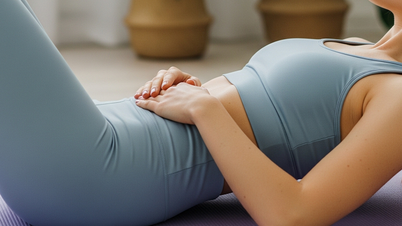
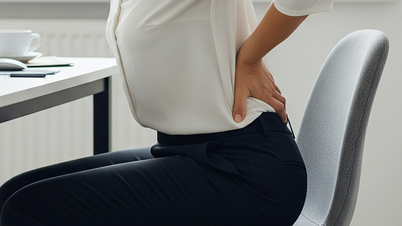




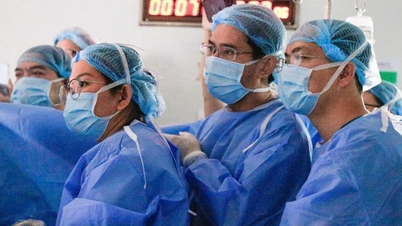




































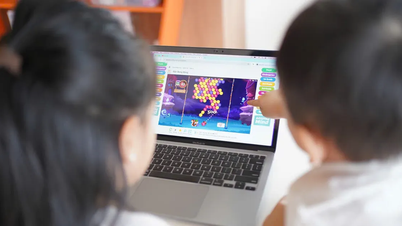






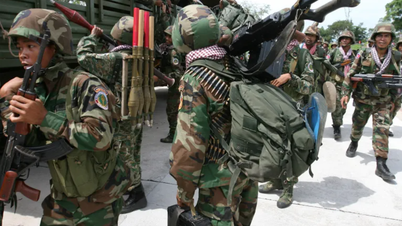







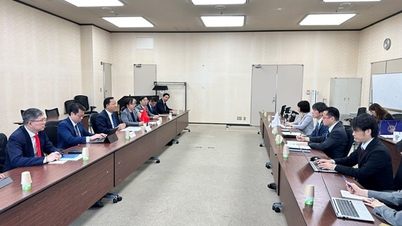



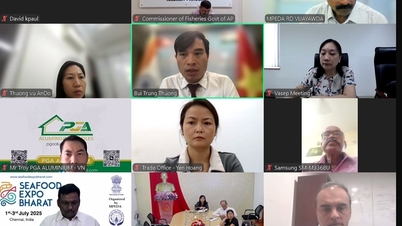
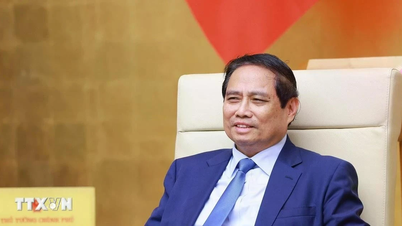

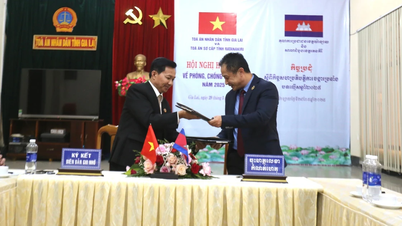

















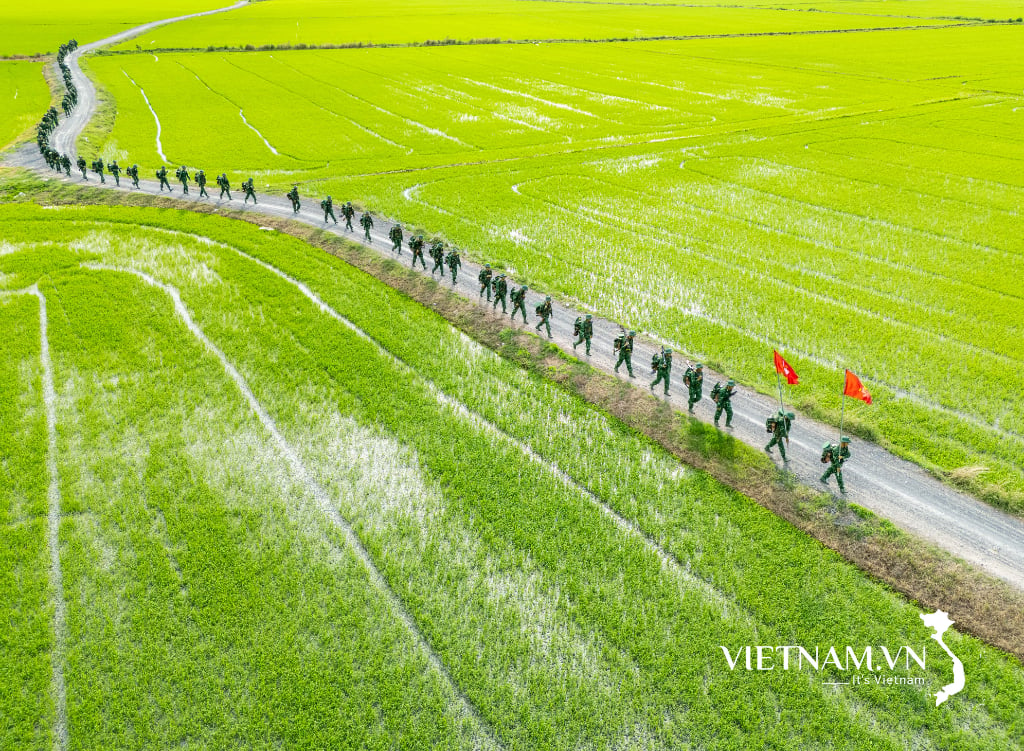

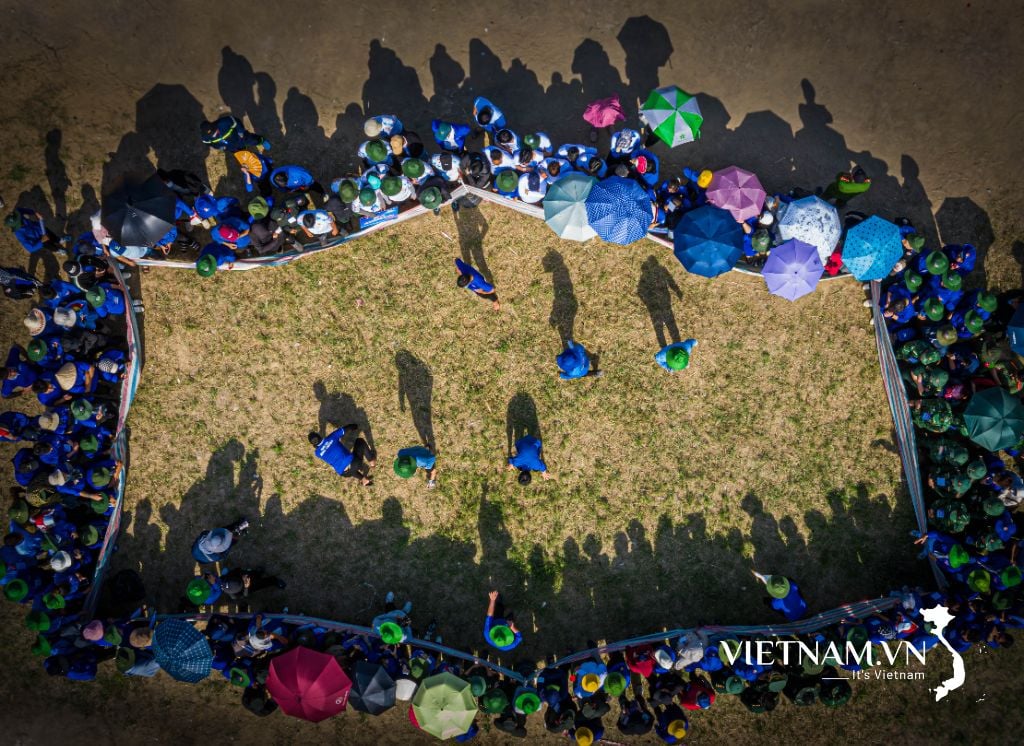
Comment (0)